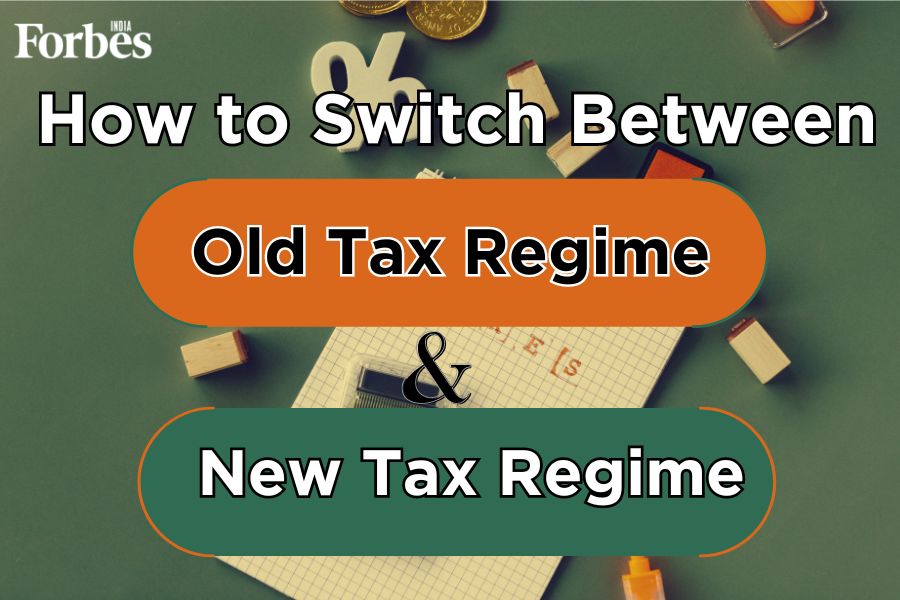ITR filing: How to switch between old and new tax regimes
Did you know you can change the tax regime while filing an ITR? Understand how to make the switch and learn about important deadlines. Reduce your tax burden

Filing an ITR can be overwhelming, especially nowadays, due to its recent transformative phase. The tax system in India added a new tax regime in budget 2020 for HUF taxpayers and individuals, offering them an option to pay lesser tax with fewer deductions and exemptions to claim under section 115AC. On April 1, 2023, the CBDT (Central Board of Direct Taxes) announced that if an individual manually does not select the old tax regime, the employer will deduct their TDS based on the new tax regime.
Understanding the difference between these two regimes is crucial to accurately calculating an income tax return and determining your slab. This guide focuses on decoding the basic definitions and explaining how to switch between old and new regimes.
What is the Old Tax Regime
The old tax regime is a traditional income tax structure in India that allows taxpayers to claim various deductions and exemptions to reduce their taxable income. Individuals and taxpayers can lower their overall tax bill by claiming these deductions.
For example, you can claim HRA, deductions for investing in tax-saving instruments like the PPF (withdrawal rules) and life insurance (Section 80C), paying health insurance premiums (Section 80D), paying interest on home loans (Section 24), paying interest on education loans (Section 80E), and donations/ charities (Section 80G).
Old Regime Tax Slabs
- Up to ₹2.5 lakh: No tax
- ₹2.5 lakh to ₹5 lakh: 10% tax
- ₹5 lakh to ₹10 lakh: 20% tax
- Above ₹10 lakh: 30% tax
What is the New Tax Regime
The new tax regime is also the income tax structure in India, introduced in 2020 under the 115BAC section. It allows taxpayers to pay taxes at lower rates but with fewer deductions and exemptions relative to the old tax regime. The key benefit is its simple tax structure with lower rates, especially for those with lower incomes and minimal deductions.














